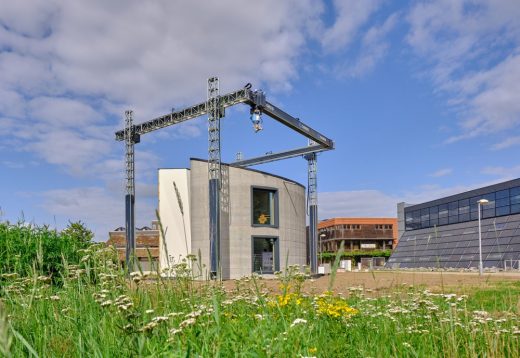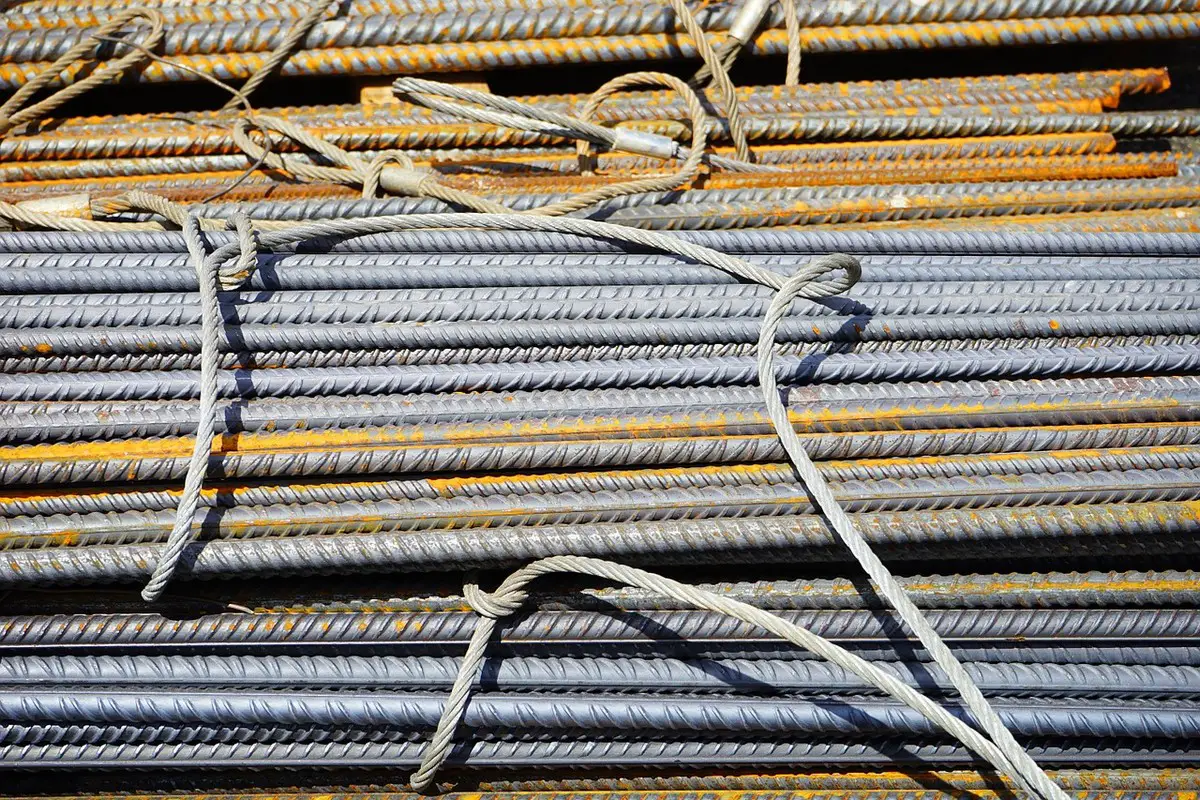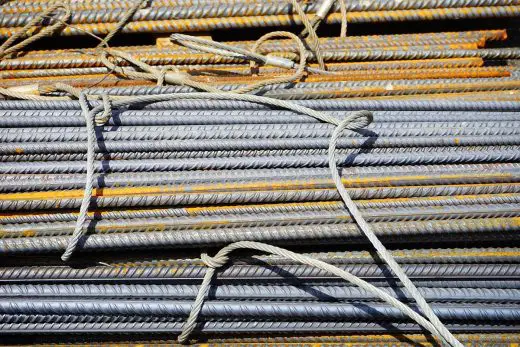Steel Reinforcement In Concrete Structures, Building Rebar Tips, Construction Design
Steel Reinforcement In Concrete Structures Guide
Engineering Construction Strength – Rebar Tension & Compression Article
7 Oct 2018
The Importance Of Steel Reinforcement In Concrete Structures
Steel may be an expensive material, but its high strength makes it one of the most important parts of constructing a sizeable concrete structure today. Initially, concrete structures were made without reinforcement, not until the 18th century.
Cast iron was the material used because before then cast iron were of high quality and they were not prone to corrosion. The material is formed by smelting iron ore or pig iron and mixing it with scrap metals and other alloys that are poured into molds and allowed to cool and solidify, a similar method is done when casting wheels and other forms.
Later on, steel began to be considered a better material to reinforce concrete structures. Although it has been phased out since the 1960s because of inherent inadequacies, it is still considered the most used material to reinforce concrete structures.
Its useful strength in tension and compression makes it ten times stronger than the concrete itself, thus adding unmatchable strength to concrete structures. When concrete and steel are combined, they make a solid reinforcement concrete (RC). You need to establish solid concrete foundations.
Durable structures
When thinking durability in a concrete structure, engineers consider the use of reinforcement with appropriate characteristics and quality. The principal aim of characterizing a material is to make sure that it has the requisite properties needed to achieve the intended engineering usage.
This is particularly done by checking the chemical composition and physical properties. The characterization of steel rebar makes them the ideal materials to get a sound RC structure with desires strength and durability. This prevents catastrophic failure of your structure, as long as the reinforcement provided is not less than the normal requirement of your structure.
Important for design
In pre-stresses concrete structure, the steel bar is stressed before subjecting the structure to loading thereby viewed as an active reinforcement. Passive steel reinforced must be strong in tension and at the same time are ductile enough to be bent; therefore, any design that a construction company wants is possible. So, it can be said that the bendability properties and its strength it becomes a much-preferred material for reinforcing concrete structures.
Takes the tensile stresses
Concrete has low tensile strength, that is, it can easily break when under stiff tension. This is probably the number reason why it should be reinforced with high tensile materials. The high tensile feature from steel makes it ideal as a tensioning device. Concrete has high compressive strength but virtually no tensile strength, thus to compensate for this imbalance, the reinforcement steel is cast to carry the tensile loads. This is done through pouring concrete into concrete casting molds like those from Alumlight, to create a concrete slab with steel reinforcements. A steel reinforcement supplier divides typically, reinforcement bars into two, primary and secondary reinforcement bar.
The primary bar aim is to guarantee total resistant needed by the structure while the secondary aim is employed for durability. Both of these bars are used in concrete structure because they bond well, and this makes the structure resistant to high compression forces presented by the large building.
Generally, steel reinforcement gives a concrete structure the stability it needs. Its designed on the principle that steel and concrete act together to produce a stronger structure that can withstand induced forces. Nonetheless, steel reinforcement has its set of drawbacks such as corrosion when exposed to salt, but it does provide the necessary strength and durability needed in a concrete structure.
You can also check concrete work tips at Concrete Pros Austin.
http://www.formworkcontractorsmelbourne.com
Location: USA
Building Articles
World first: Kamp C is first to print a complete house in one piece, Belgium, western Europe

image © Kamp C
3D-printed model home, Kamp C Westerlo
Kamp C, the Westerlo-based provincial Centre for Sustainability and Innovation in construction, printed a house using the largest 3D concrete printer in Europe. The 90-square metre dwelling was printed in one piece with a fixed printer. This is a world first.
Comments / photos for the The Importance Of Steel Reinforcement In Concrete Structures page welcome
The Importance Of Steel Reinforcement In Concrete Structures – page
Website: steel reinforced concrete structure






